Bold solo show “FRI | Vol. 2” by Rocco and his brothers
Alter Wartesaal in Herne, 12.05.2019 to 8.06.2019
In Herne, in the heart of the Ruhr region, not far from Bochum, Rocco and his brothers from Berlin present their second solo show “FRI | Vol. 2”. Since 2017, the Alte Wartesaal in the Herner Bahnhof has been an interesting addition to the Emschertal Museum as the fourth mainstay. With several exhibitions a year, the Alte Wartesaal is primarily aimed at a younger audience, and this also with events such as readings, innovative theatre productions or small concerts.
The title of the exhibition “FRI | Vol. 2” reads phonetically “frivolous” and could sarcastically and metaphorically allude to the “frivolous, thoughtless art actions” by the collective in public space.
With 170 m2, the large former waiting room with its high wooden vault, the unplastered brickwork and its industrial ambiance is the perfect location for the Berlin artists’ collective. A waiting room in the train station. Trains, rails and the underground have long been part of the universe of Rocco and his brothers. This is also testified by the new work made of original rails and stones from a Berlin subway known from the video “Exchange”, standing here in front of a large picture in two light boxes. The picture is an action photo in color of a painting on the wall of an U-Bahn station in Berlin. A young man photographed from behind stands in the tracks and hangs a black rectangular frame on the painted wall. On a monitor next to the installation you can see a video still of the whole painting: “Art in a frame is like a bird in a cage” stands next to the painting on the wall and is a call to art to free itself from the classical rectangular frame. Colorful paint is spray-painted all around from a black frame/hole, virtually exploding the frame. Because of the effect and the color palette, it is reminiscent of the work by Katharina Große, a painter known for her pistol-sprayed colored-space-installations. The effect of this shot, mounted in proportion to the tracks, shimmers with the bright colors in the light box. The pop of the picture confronted with the force of the heavy dark tracks, here with paint drippings looking like coming out of the picture, creates a contrast and a visual disturbance. And yet it fits together thematically.
Rocco und seine Brüder “FRI | Vol. 2” Soloshow – Herne, May 2019 Rocco und seine Brüder “FRI | Vol. 2” Soloshow – Herne, May 2019 Rocco und seine Brüder “FRI | Vol. 2” Soloshow – Herne, May 2019 Rocco und seine Brüder “FRI | Vol. 2” Soloshow – Herne, May 2019 Rocco und seine Brüder “FRI | Vol. 2” Soloshow – Herne, May 2019
In the middle of the waiting room stands a scrapped, blue and grey German police car, squeezed together like from a scrap press. Inside the original blue light bar on the roof LED tickers run, one reads the words STOP, PLEASE, POLICE in different arrangement. The number plate of the police car carries the strange number BKA 1312, the numbers 1312 stands probably for the letters of the abbreviation ACAB.
Rocco und seine Brüder “FRI | Vol. 2” Soloshow – Herne, May 2019 Rocco und seine Brüder “FRI | Vol. 2” Soloshow – Herne, May 2019 Rocco und seine Brüder “FRI | Vol. 2” Soloshow – Herne, May 2019 Rocco und seine Brüder “FRI | Vol. 2” Soloshow – Herne, May 2019
Three already published videos run on monitors in the exhibition. The ARTE series “Streetatelier” about Rocco and his brothers, as well as the video of the action RIPMARK, which is presented here with the corresponding installation. The paper bags typical of Primark, here with the Ripmark logo, are placed upside down and remind of a gravestone field. In its middle, a pram with a child’s coffin refers to the many victims, including young ones, who were killed in the collapse of the Primark factory in Bangladesh in 2013. The third video is “A Blue-Brown Christmas Story”, a little Christmas joke by the artists to the far-right German party AFD in Berlin.
Rocco und seine Brüder “FRI | Vol. 2” Soloshow – Herne, May 2019 Rocco und seine Brüder “FRI | Vol. 2” Soloshow – Herne, May 2019
Rocco und seine Brüder “FRI | Vol. 2” Soloshow – Herne, May 2019
Rocco und seine Brüder “FRI | Vol. 2” Soloshow – Herne, May 2019
Rocco und seine Brüder “FRI | Vol. 2” Soloshow – Herne, May 2019
Nearby stands a large house of cards made of current AFD election posters. It seems solid and yet fragile as a picture of a house of cards. The documentary video of this installation was not published on the Internet until after the opening of the exhibition. One hears the voice of an allegedly criticizing passer-by and sees the action of take down of the AFD election posters in the street.
A large LED running sign hangs high up in the waiting room and trumps the whole room. One reads different comments, like for example: “Those left wackos seem to be so boundlessly stupid that you almost feel sorry for them. You almost wish you had a department of the SA again that would really mix up these left wackos according to all the rules of art.” Most of the comments probably come from AFD supporters and Neo-Nazis who were addressed to Rocco and his brothers in posts in social networks. And there are several contemptuous hate comments that roll by like on an advertising or information board in the exhibition.
Rocco und seine Brüder “FRI | Vol. 2” Soloshow – Herne, May 2019 Rocco und seine Brüder “FRI | Vol. 2” Soloshow – Herne, May 2019 Rocco und seine Brüder “FRI | Vol. 2” Soloshow – Herne, May 2019 Rocco und seine Brüder “FRI | Vol. 2” Soloshow – Herne, May 2019
Once again Rocco and his brothers play for their installations with sociopolitical themes and provocative representations through the use of objects that symbolize a system. Whether it is the political system with emerging right-wing parties in the election campaign, the system armed executive organ of a state, the police, or the system of exploitative textile industry that costs people their lives. They are like indications of injustices, dangers and possible abuse of power by certain organizations. Only the installation of the tracks and the photography in the light box is not political, but rather a personal allusion to the underground actions and one of the most aesthetic works in the current exhibition.
The Berlin artist collective with roots in Graffiti Writing has been known since 2016 for installations in public space, whose processes are accompanied by film like a performance, and are published in the form of mostly sarcastic, self-confessed video clips on social media. Whether urban intervention, urban hacking, adbusting, happenings or communication guerrilla, her committed art actions are perfectly thought out, cheeky and provocative with a lot of black humor, the contents are sociocritical and the results in the form of short films or installations, or both, artistically valuable. The adaptation of their artistic work from public and cinematic space into the exhibition context, once again succeed with great skill in the Alte Wartesaal – and as well at the Urban Art Biennale this year.
1,075 views
Categories
Tags:



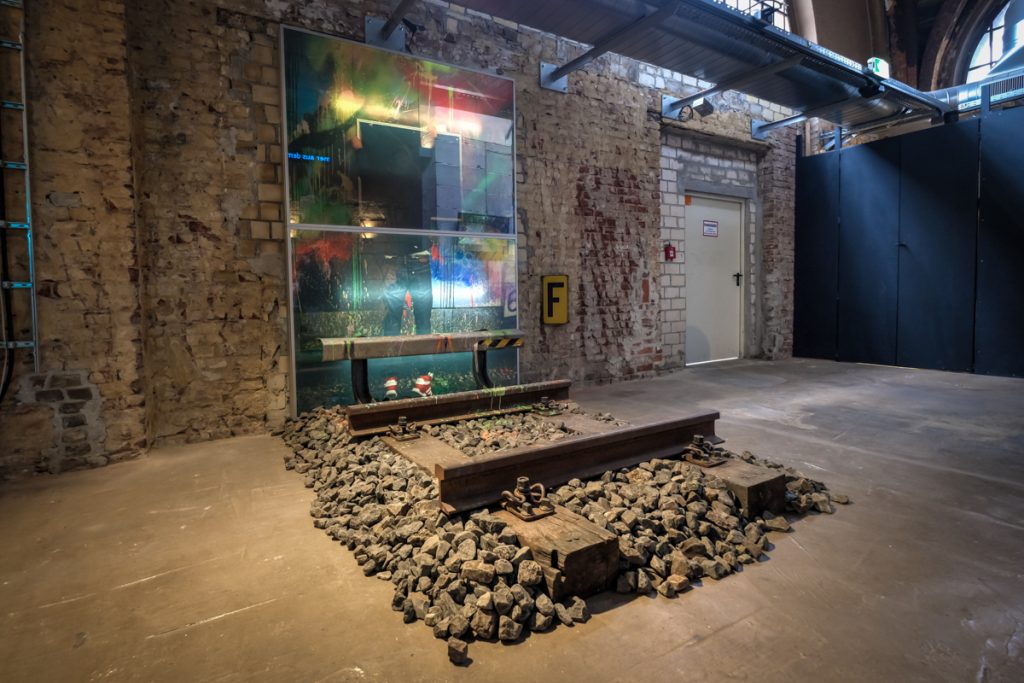
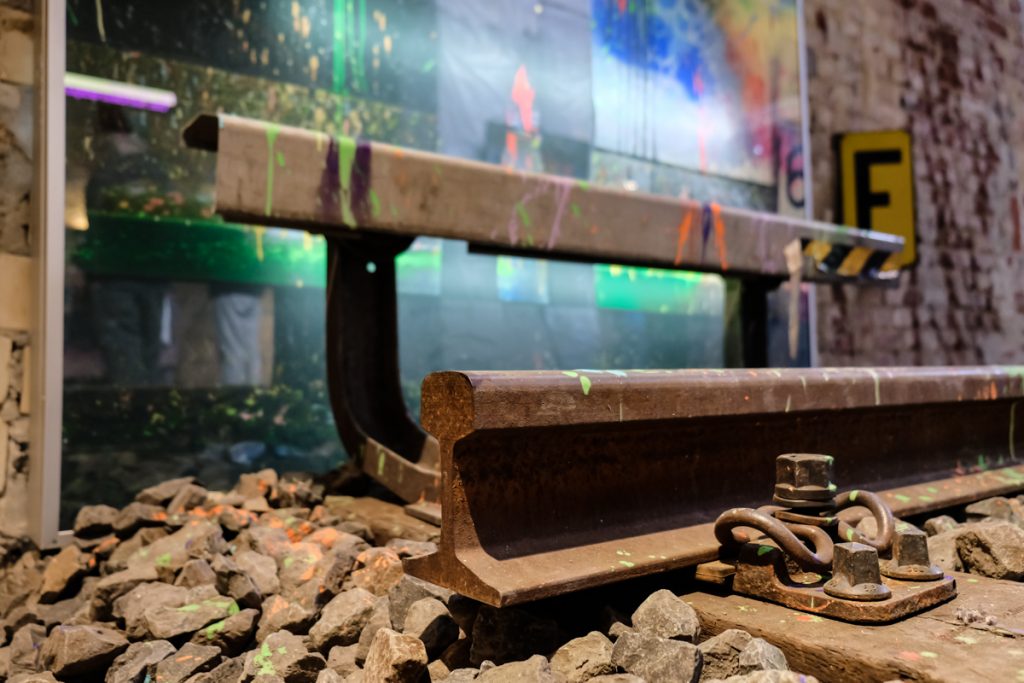
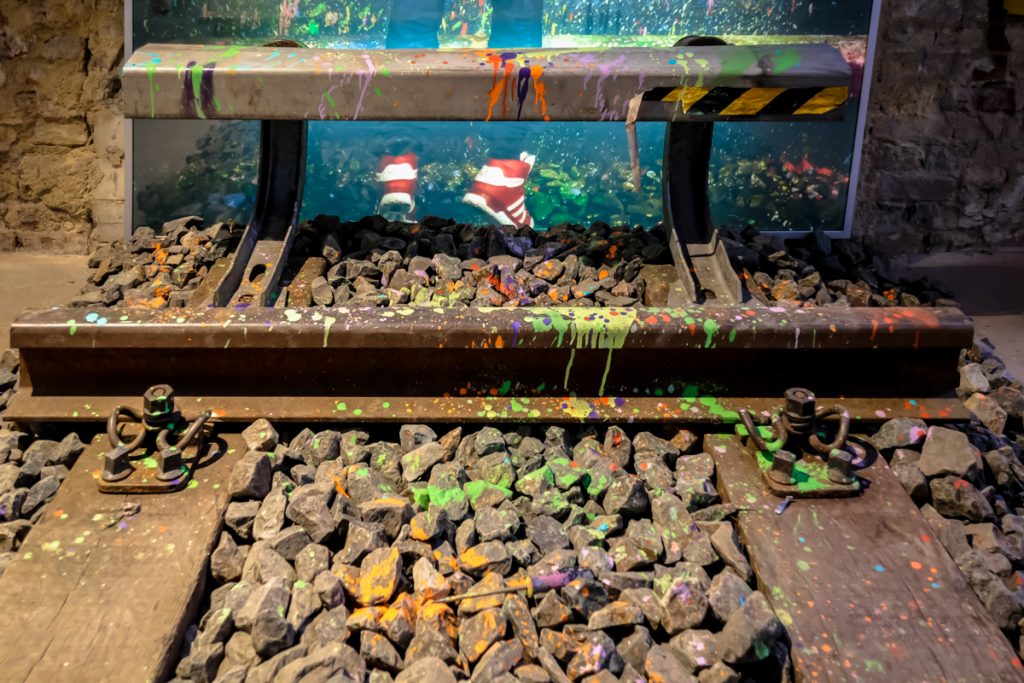
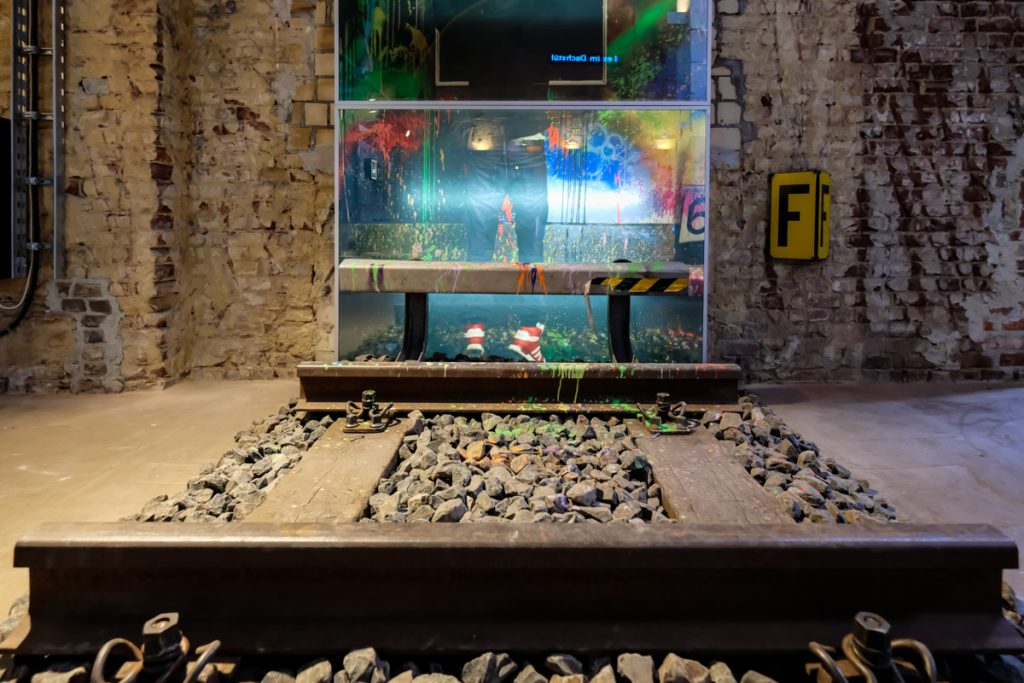
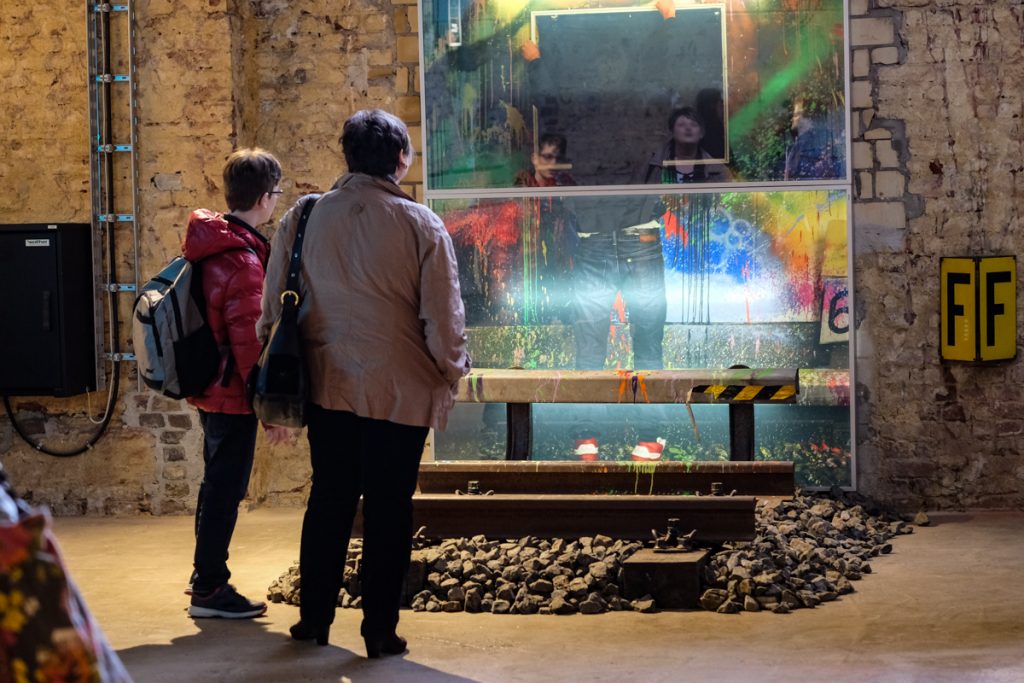
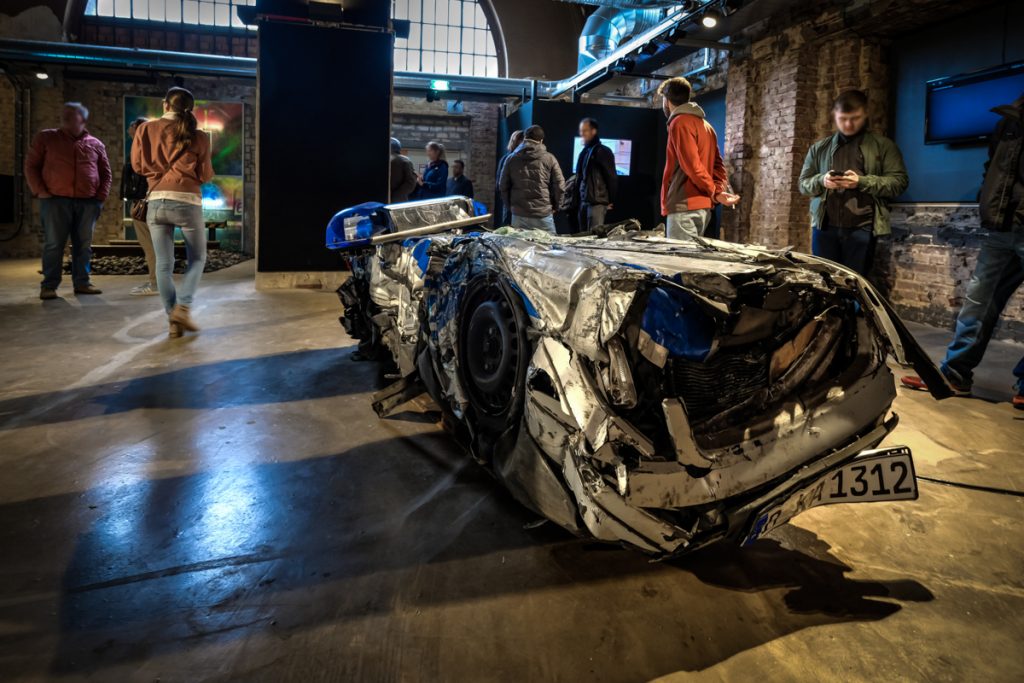
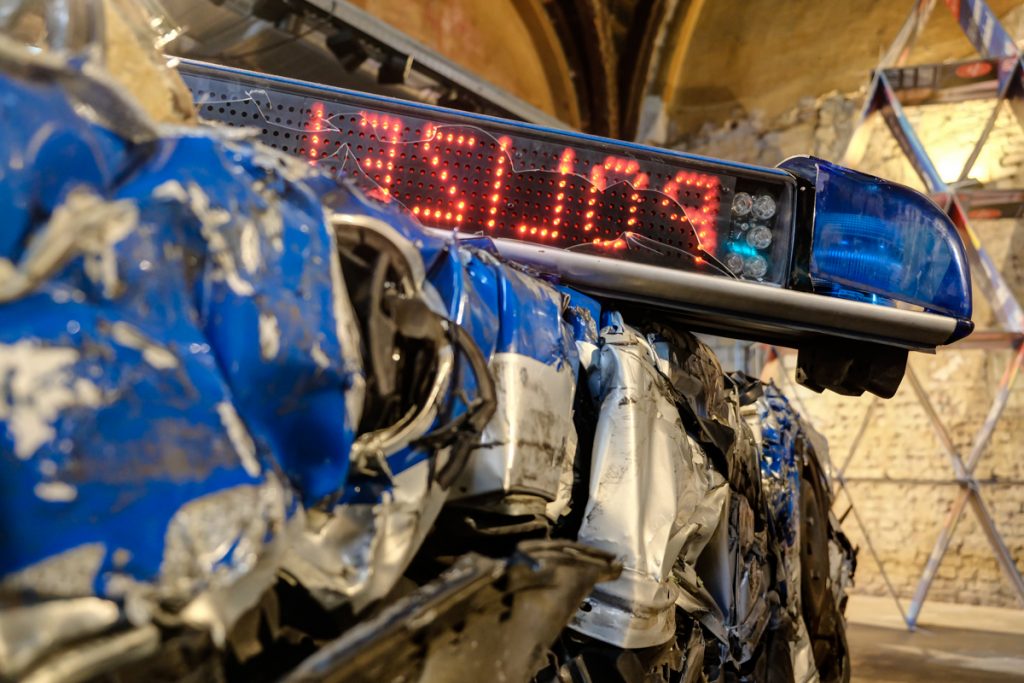
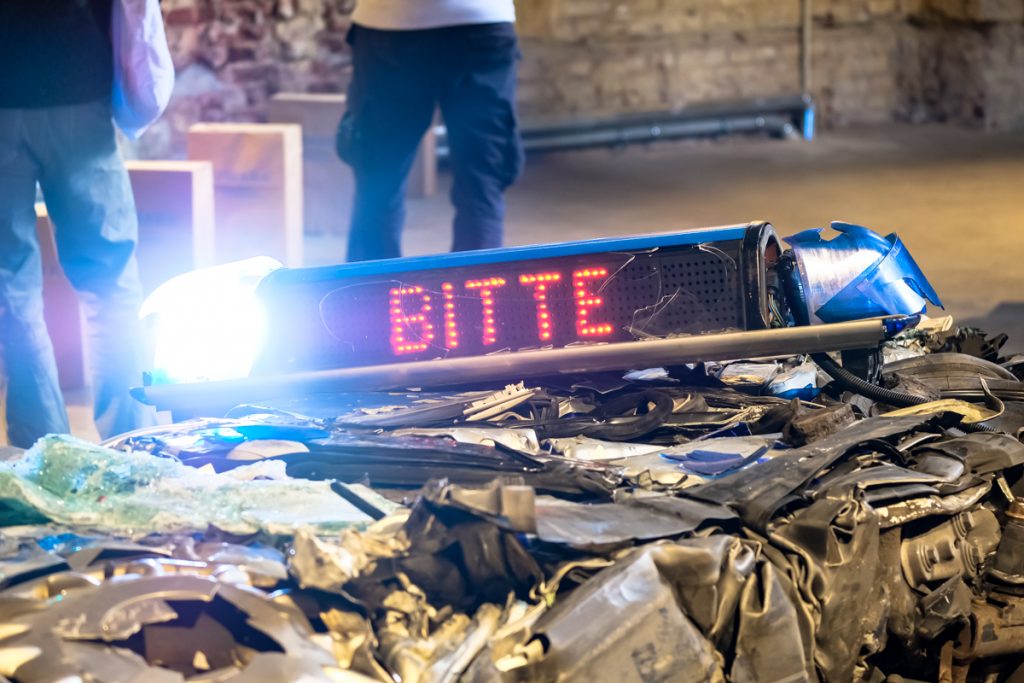
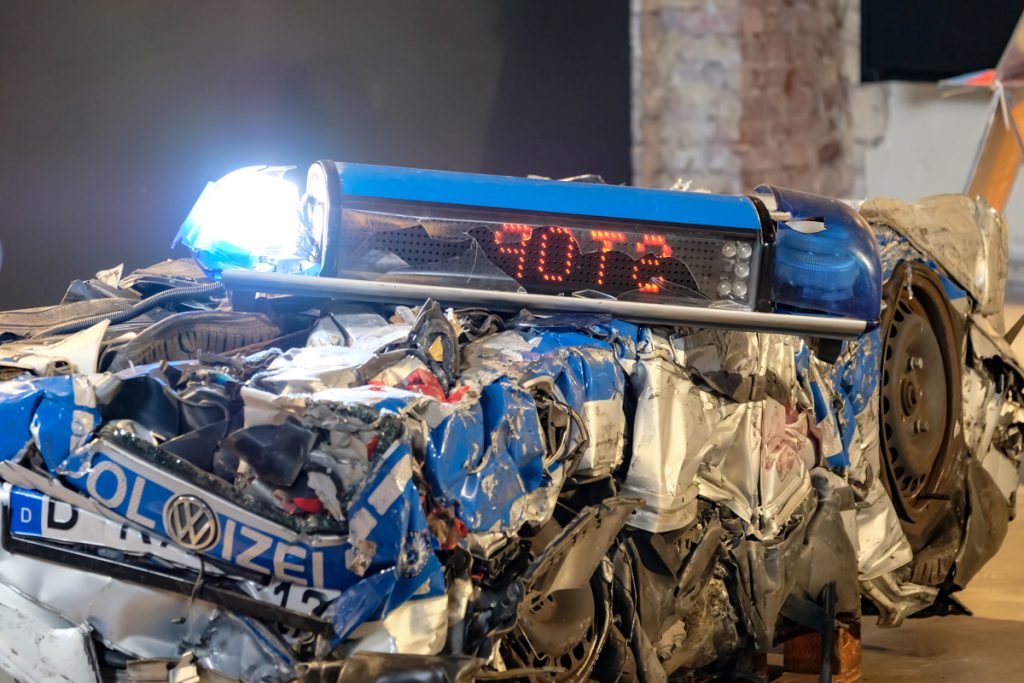
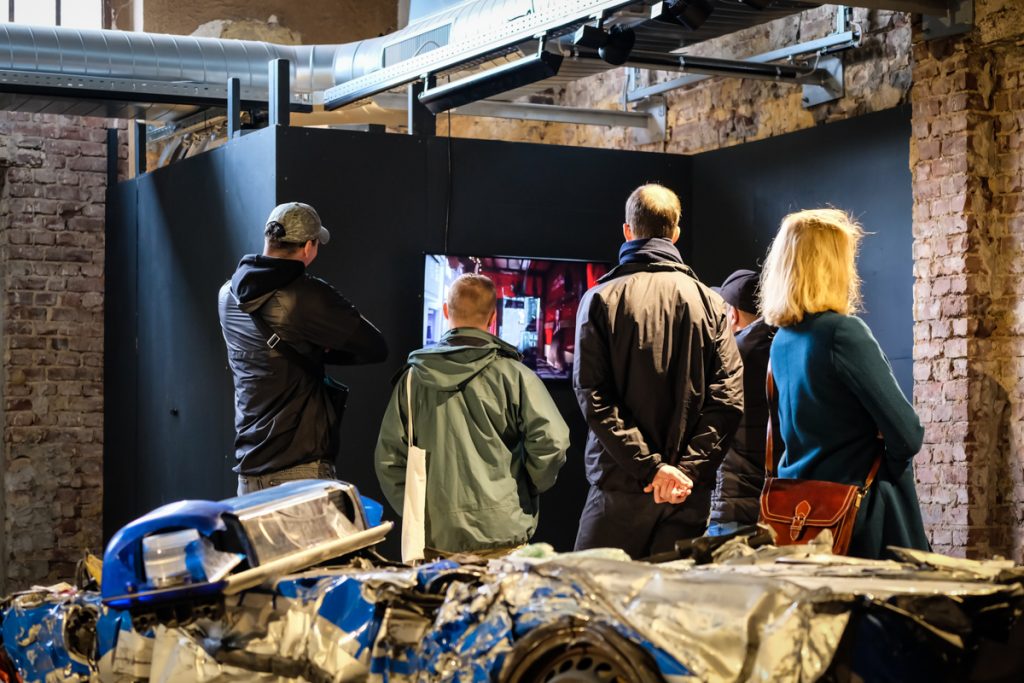
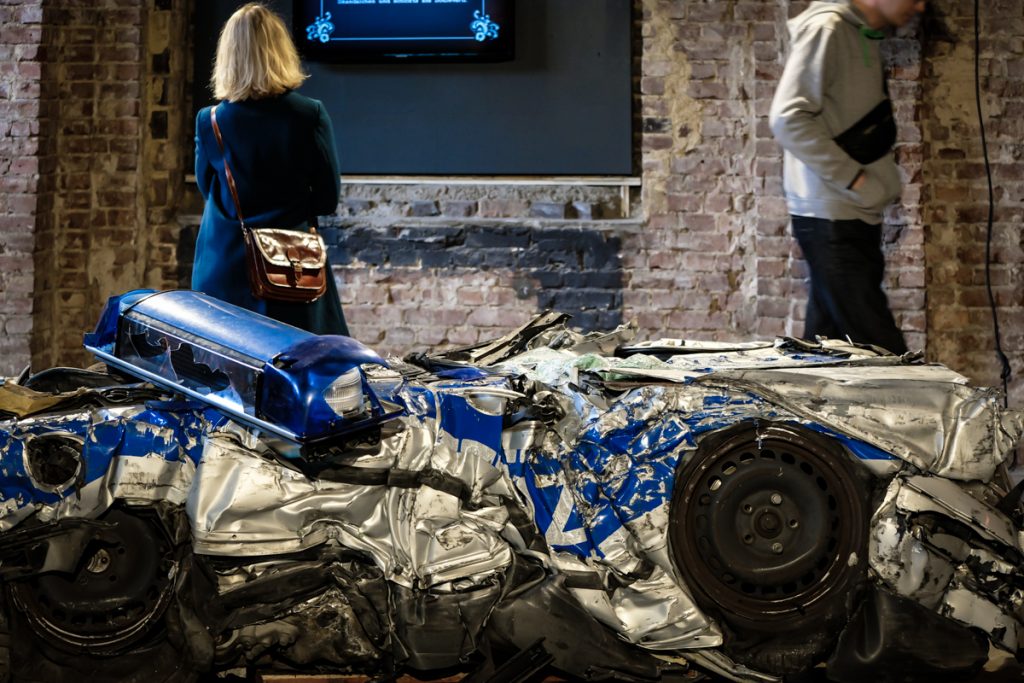
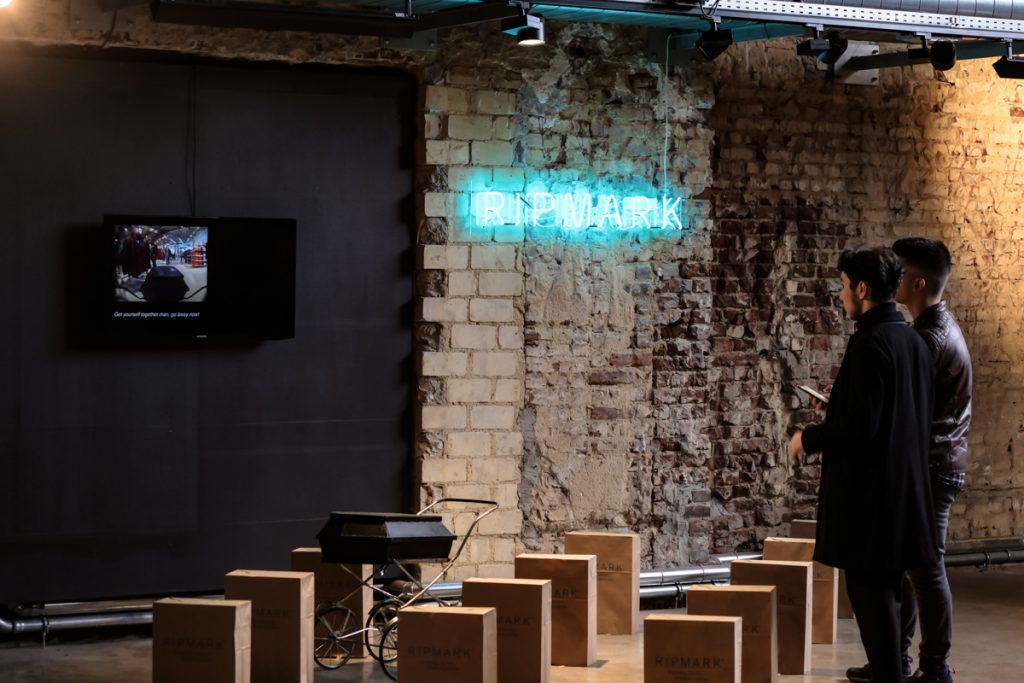
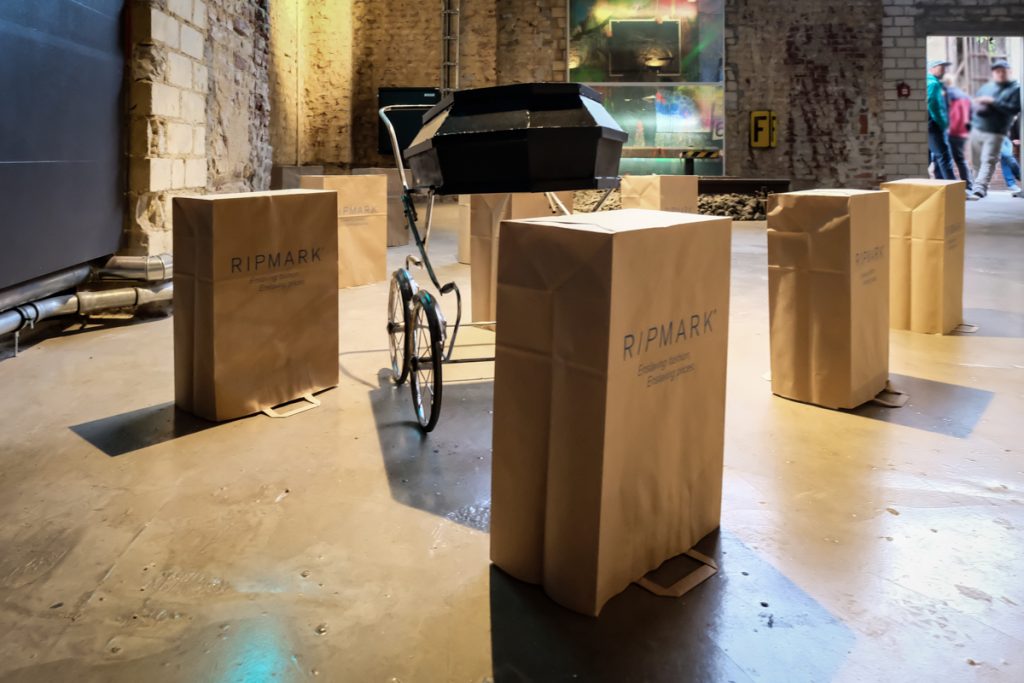
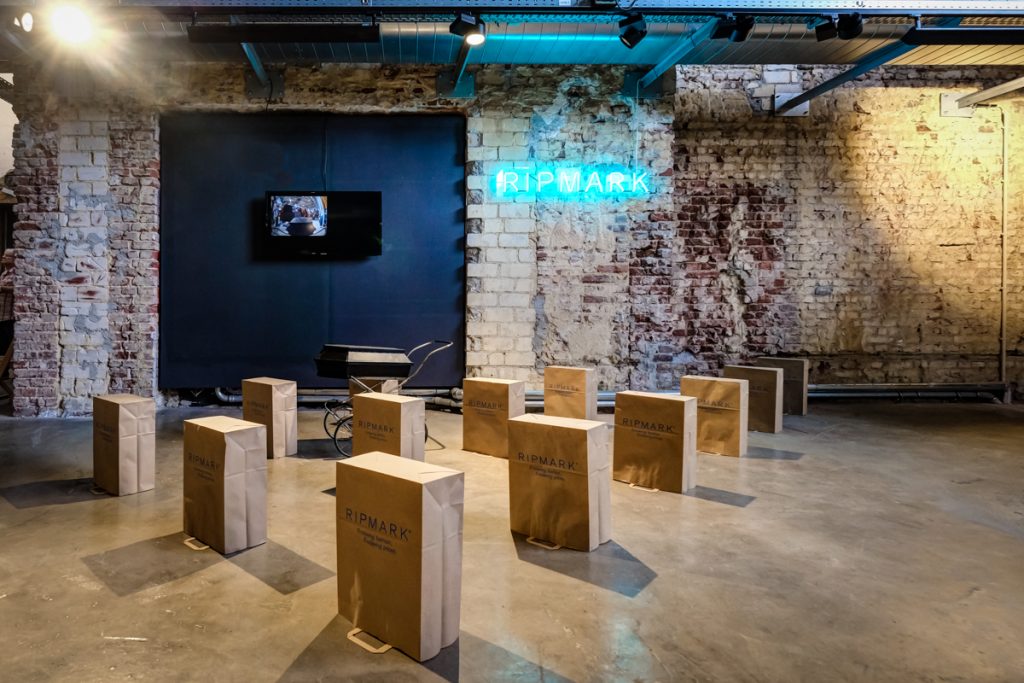
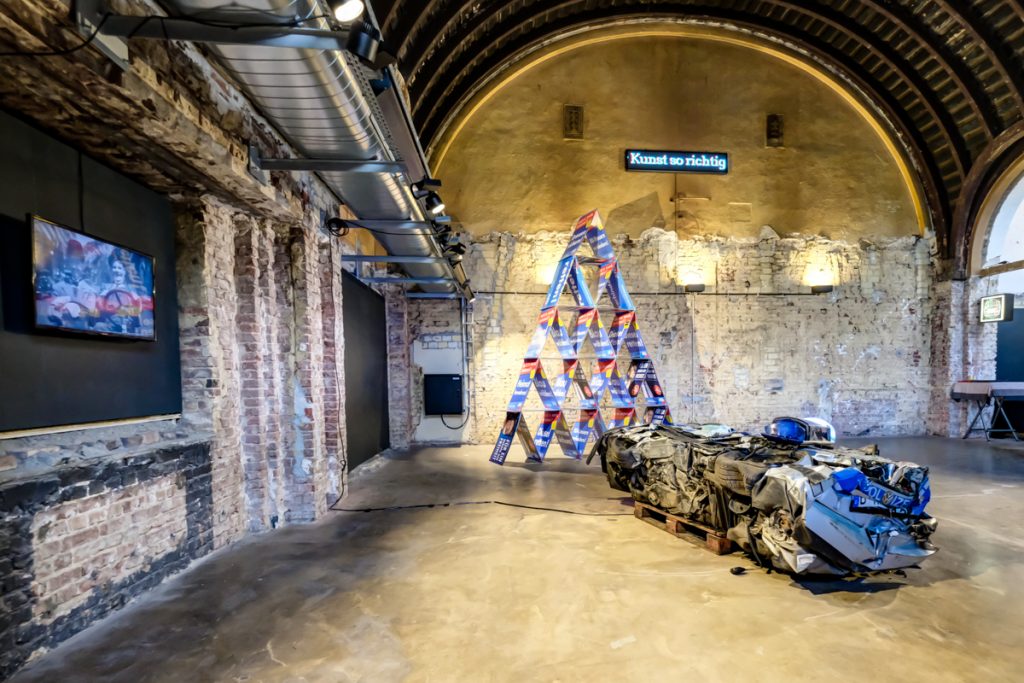
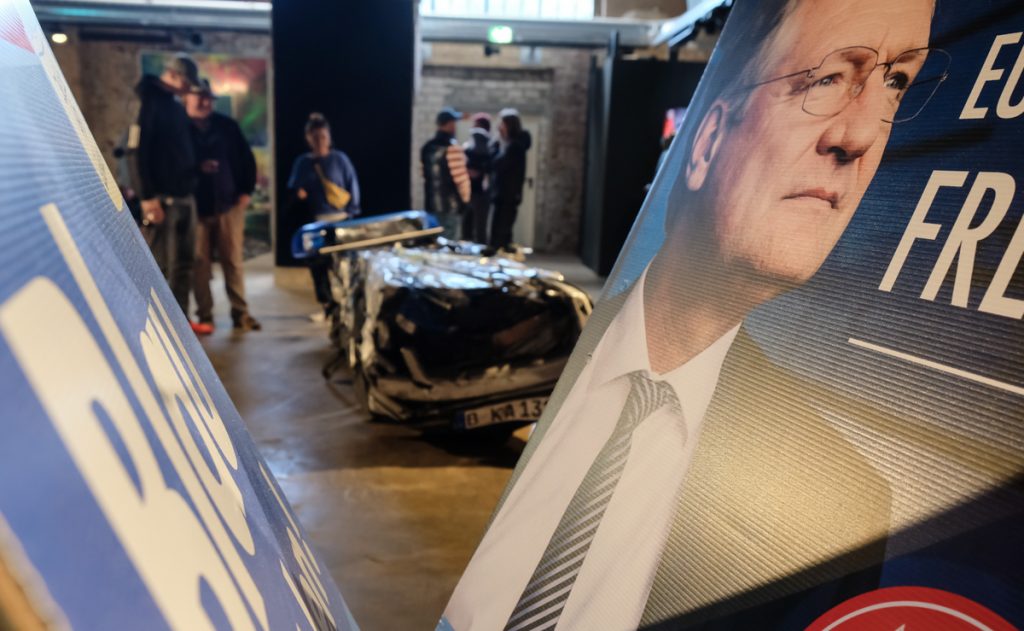
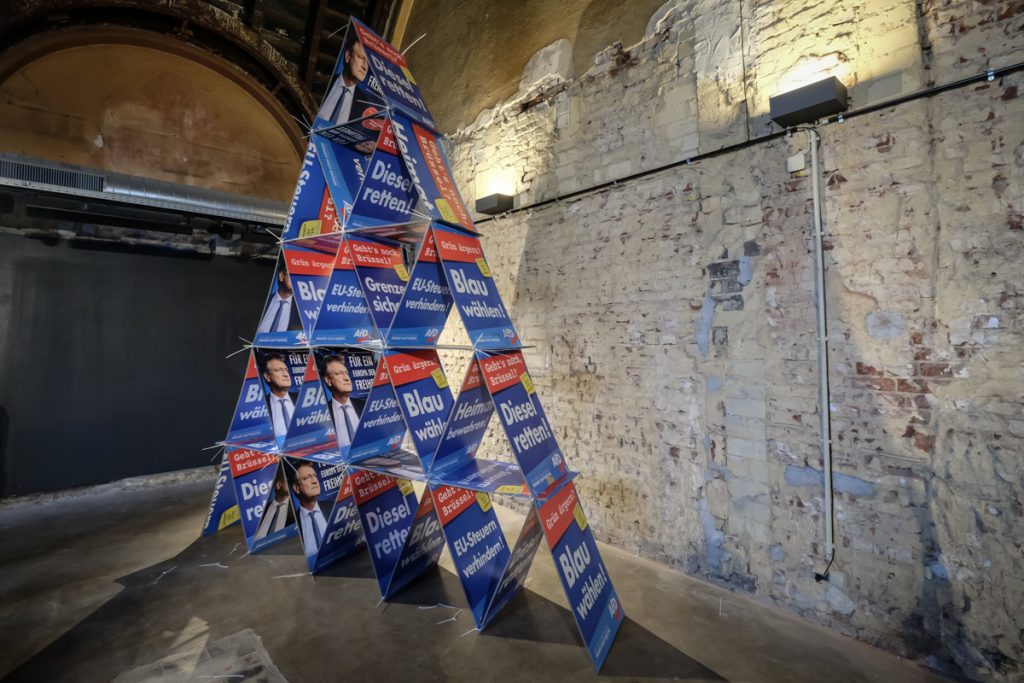
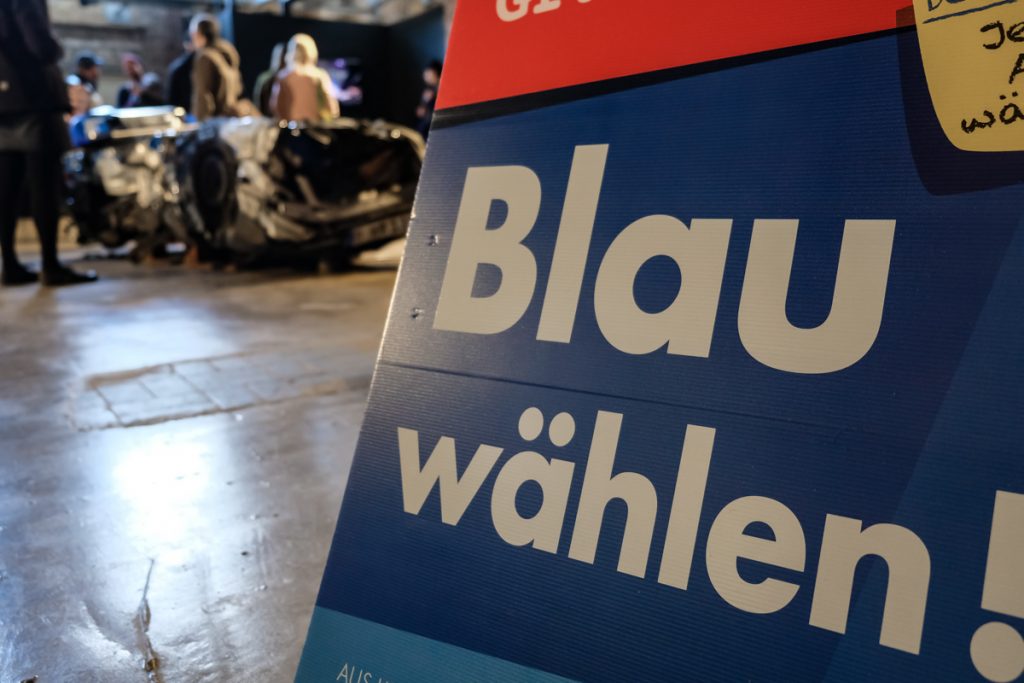
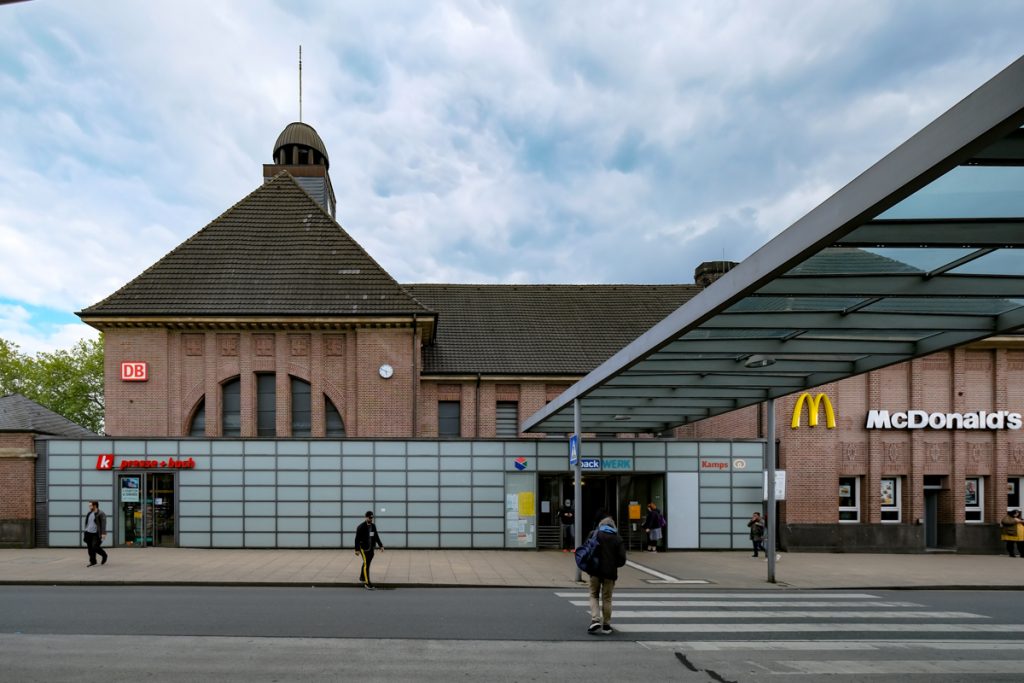
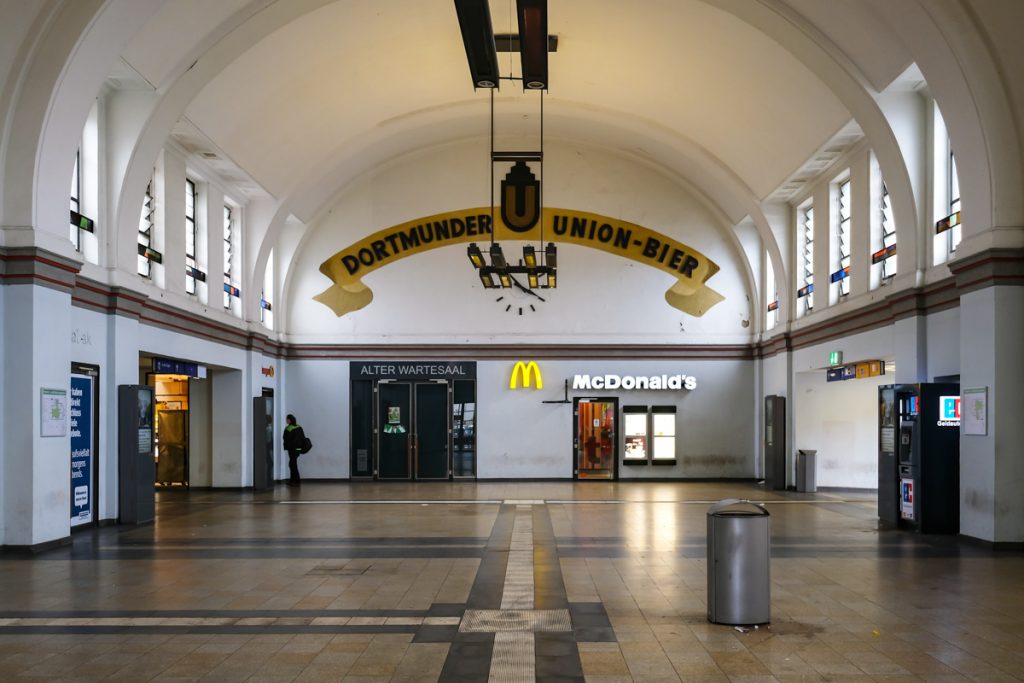
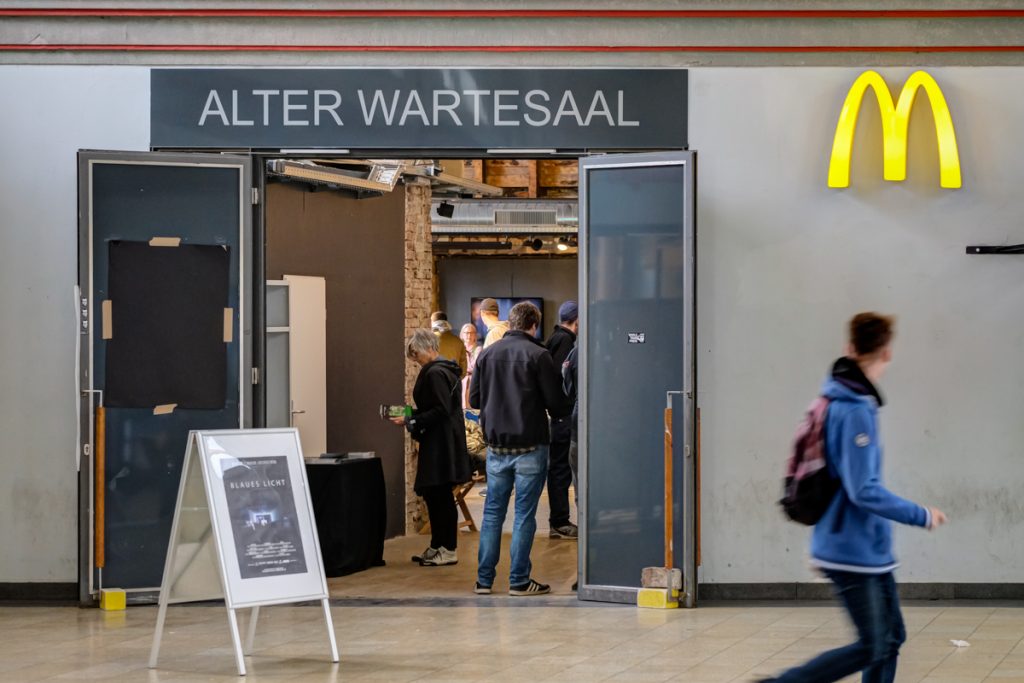
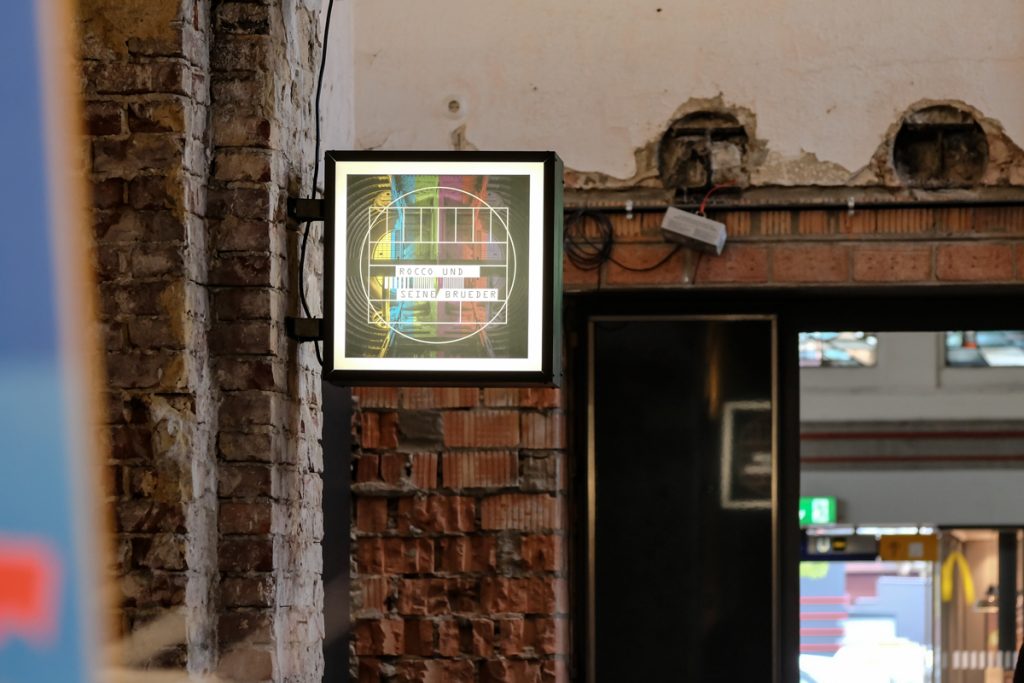
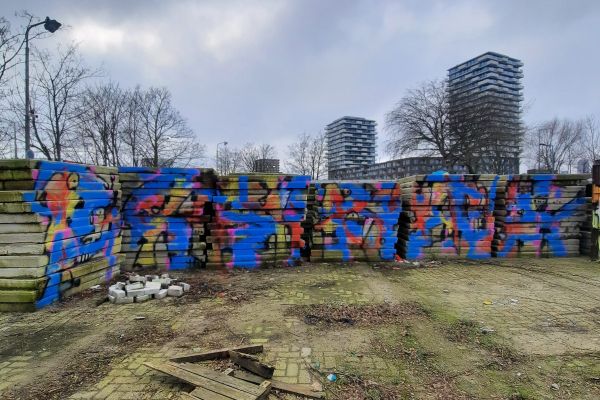
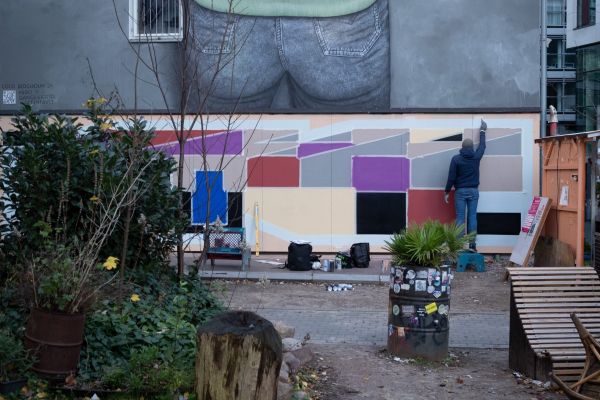
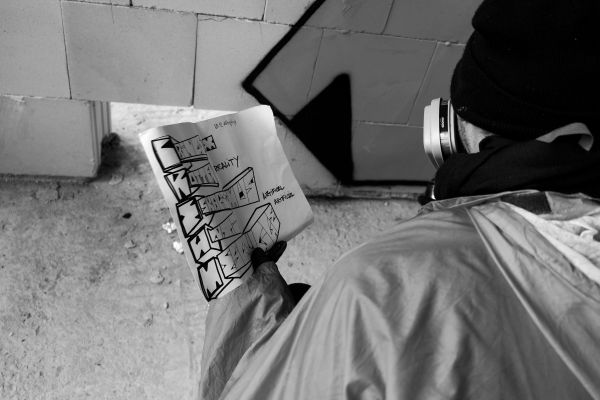
Leave a Reply